10 Best Evolution of Racing Cars: From Early Speedsters to Modern Machines
Introduction
Racing cars have long captured the imagination of automotive enthusiasts, embodying the pinnacle of speed, engineering prowess, and technological innovation. These machines are not merely vehicles; they are marvels of modern engineering, crafted for one purpose: to compete at the highest levels of motorsport. In this comprehensive article, we will explore the evolution of racing cars, from their rudimentary beginnings to the sophisticated machines that dominate circuits today. We’ll examine the development of key technologies, notable milestones, and the impact of racing cars on both the automotive industry and popular culture.
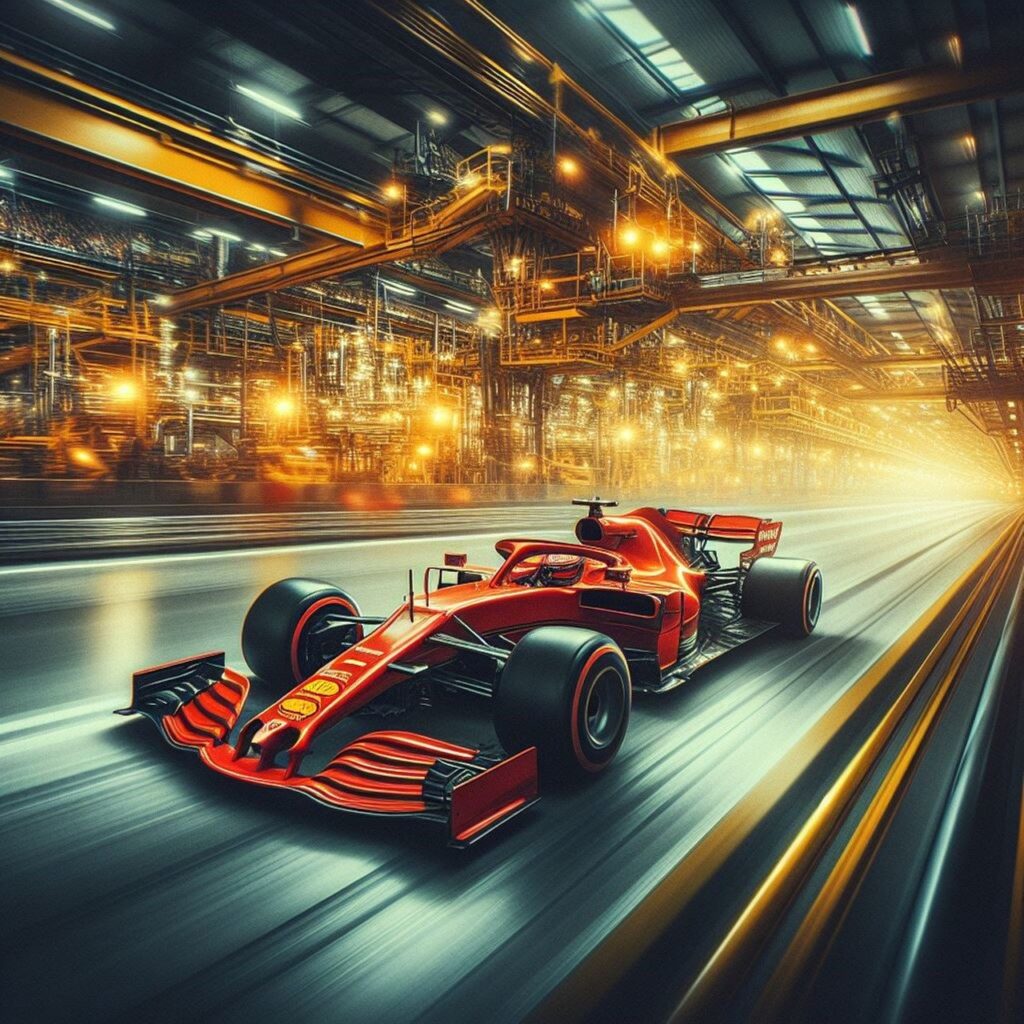
The Dawn of Racing Cars
The Early Years: 1900s to 1920s
The concept of racing cars dates back to the early 20th century, with the first recorded automobile race taking place in 1894 from Paris to Rouen. Early racing cars were essentially modified road cars, featuring basic designs and rudimentary engineering. These early machines were built with heavy frames, simple engines, and minimal aerodynamics.
One of the first significant racing events was the inaugural Paris-Rouen race, held in 1894, where the winner, a Panhard et Levassor, completed the journey in a little over 7 hours. These early races demonstrated the potential of automotive competition but were far from the high-tech spectacle we see today.
The Birth of Motorsport: 1920s to 1930s
The 1920s and 1930s marked a pivotal era in the development of racing cars. This period saw the establishment of iconic races like the Monaco Grand Prix and the Le Mans 24 Hours. Racing cars began to evolve with more specialized designs, focusing on speed, aerodynamics, and handling.
One notable development during this era was the introduction of the “Grand Prix” car, characterized by its streamlined design and powerful engines. The Alfa Romeo P3, introduced in 1934, was a prime example of this evolution. Its supercharged 8-cylinder engine and advanced suspension system made it a dominant force in racing during the 1930s.
The Golden Age of Racing: 1950s to 1970s
The Formula One Revolution
The 1950s heralded the beginning of the Formula One World Championship, a series that would become synonymous with cutting-edge racing technology. Cars from this era were characterized by their minimalist design, emphasizing weight reduction and aerodynamics. The early F1 cars were powered by naturally aspirated engines and featured advanced suspension systems for improved handling.
One of the most iconic cars from this period was the Ferrari 500 F2, driven by Alberto Ascari. This car’s V12 engine and lightweight chassis set new standards in racing performance. The 1950s also saw the emergence of legendary drivers like Juan Manuel Fangio, whose skill and mastery of these early machines set a benchmark for future generations.
Technological Advancements: 1980s to 1990s
The 1980s and 1990s were transformative decades for racing car technology. The introduction of turbocharged engines, advanced aerodynamics, and electronic systems revolutionized the sport. Turbocharging allowed for significant increases in power, while aerodynamic innovations, such as ground effect and active suspension, improved handling and stability.
One of the most groundbreaking cars from this period was the McLaren MP4/4, which dominated the 1988 Formula One season. Powered by a turbocharged Honda engine and featuring a highly aerodynamic design, the MP4/4 won 15 of the 16 races that year. This car exemplified the technological advancements of the era and cemented McLaren’s status as a leading team in F1.
Modern Racing Cars: 2000s to Present
The Hybrid Era and Technological Sophistication
The turn of the millennium saw the introduction of hybrid technology in racing, particularly in Formula One. Hybrid power units, combining internal combustion engines with electric motors, marked a significant shift towards sustainability and efficiency. The introduction of the Energy Recovery System (ERS) in F1 cars allowed for the recovery and reuse of kinetic energy, enhancing both performance and fuel efficiency.
The Mercedes-AMG F1 W11, driven by Lewis Hamilton and Valtteri Bottas, is a prime example of modern racing technology. This car’s hybrid power unit, advanced aerodynamics, and innovative materials contributed to its success in the 2020 Formula One season, where it dominated the championship.
Advances in Safety and Materials
Modern racing cars are not only faster but also safer than their predecessors. Advances in materials science, such as the use of carbon fiber composites, have resulted in lighter and stronger chassis. Safety features, including the Halo device—a protective bar designed to shield drivers from head injuries—have become standard in Formula One and other racing series.
The development of advanced crash testing and simulation technologies has further enhanced safety. Teams utilize sophisticated tools to model and test various crash scenarios, ensuring that racing cars can withstand high-impact collisions and protect drivers in the event of an accident.
Notable Racing Series and Their Impact
Formula One
Formula One remains the most prestigious and widely recognized racing series globally. Its evolution from the early days of naturally aspirated engines to the current hybrid power units illustrates the continuous innovation in the sport. F1’s influence extends beyond racing, driving advancements in automotive technology, safety, and aerodynamics.
Le Mans 24 Hours
The Le Mans 24 Hours race, held annually in France, is renowned for its endurance and strategic complexity. This event has seen significant technological advancements, including the introduction of hybrid and all-electric prototypes. The Toyota TS050 Hybrid, which won the race in 2016 and 2017, showcases the cutting-edge technology and engineering that define modern endurance racing.
NASCAR
NASCAR (National Association for Stock Car Auto Racing) is a premier stock car racing series in the United States. Unlike the highly specialized cars of Formula One, NASCAR vehicles are based on production models but are heavily modified for racing. The series emphasizes close racing and driver skill, with notable cars like the Chevrolet Camaro ZL1 and Ford Mustang GT competing in various events throughout the year.
The Influence of Racing Cars on the Automotive Industry
Innovation and Technology Transfer
Racing cars have always been at the forefront of technological innovation, with many advancements eventually making their way into production vehicles. Technologies such as turbocharging, advanced aerodynamics, and hybrid powertrains were first developed for racing and later adapted for consumer cars. This transfer of technology benefits the automotive industry as a whole, driving improvements in performance, efficiency, and safety.
Brand Image and Marketing
For automotive manufacturers, participation in racing is not only about competition but also about enhancing brand image and marketing. Success in racing helps to build a brand’s reputation for performance and engineering excellence. Brands like Ferrari, Mercedes-Benz, and Porsche have leveraged their racing successes to reinforce their image as leaders in automotive innovation and quality.
The Future of Racing Cars
Electric and Autonomous Racing
As the automotive industry moves towards electrification and automation, racing is also evolving. The introduction of electric racing series, such as Formula E, highlights the growing interest in sustainable and high-performance electric vehicles. These races showcase the potential of electric powertrains and drive innovation in battery technology and electric drivetrains.
Autonomous racing is another emerging trend, with competitions like Roborace exploring the future of driverless racing. These events focus on the development of artificial intelligence and autonomous systems, pushing the boundaries of technology and redefining the concept of racing.
Sustainability and Green Technologies
The future of racing will likely involve a greater emphasis on sustainability and green technologies. Efforts to reduce carbon emissions, improve fuel efficiency, and promote renewable energy sources will play a crucial role in shaping the next generation of racing cars. The integration of sustainable practices in racing will not only impact the sport but also influence the development of consumer vehicles.
Conclusion
The evolution of racing cars is a fascinating journey through the history of automotive technology and innovation. From the early speedsters of the 1900s to the sophisticated machines of today, racing cars have continually pushed the boundaries of engineering, performance, and safety. The impact of racing extends beyond the track, driving advancements in technology and shaping the automotive industry.
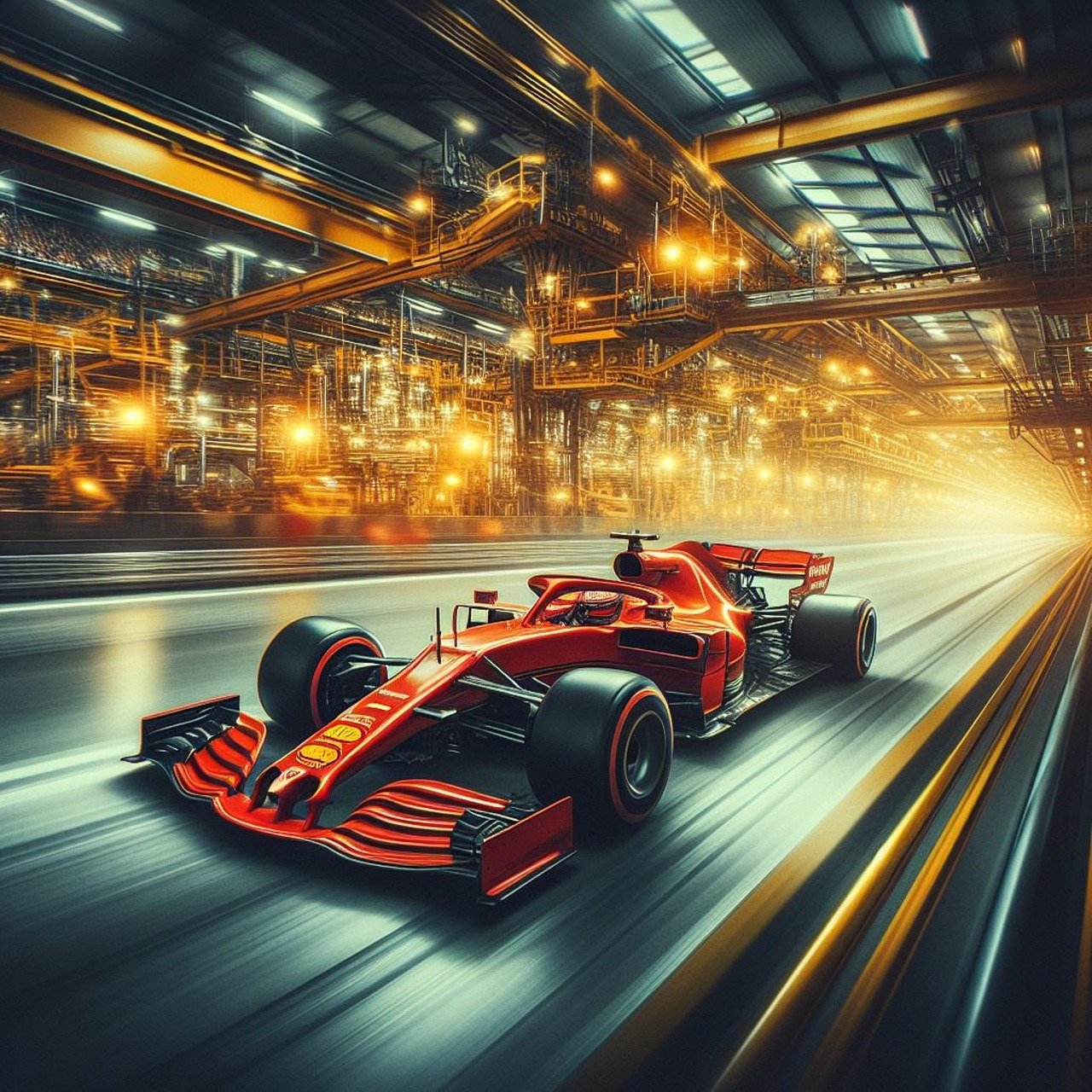
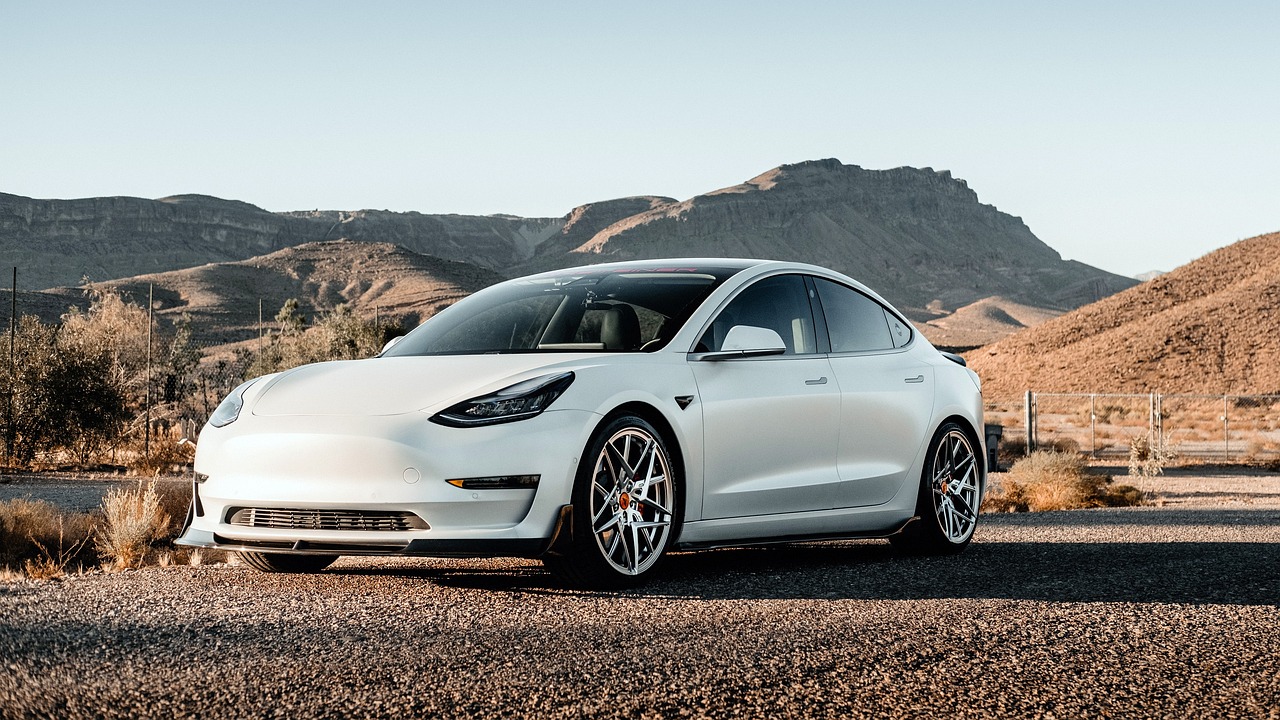

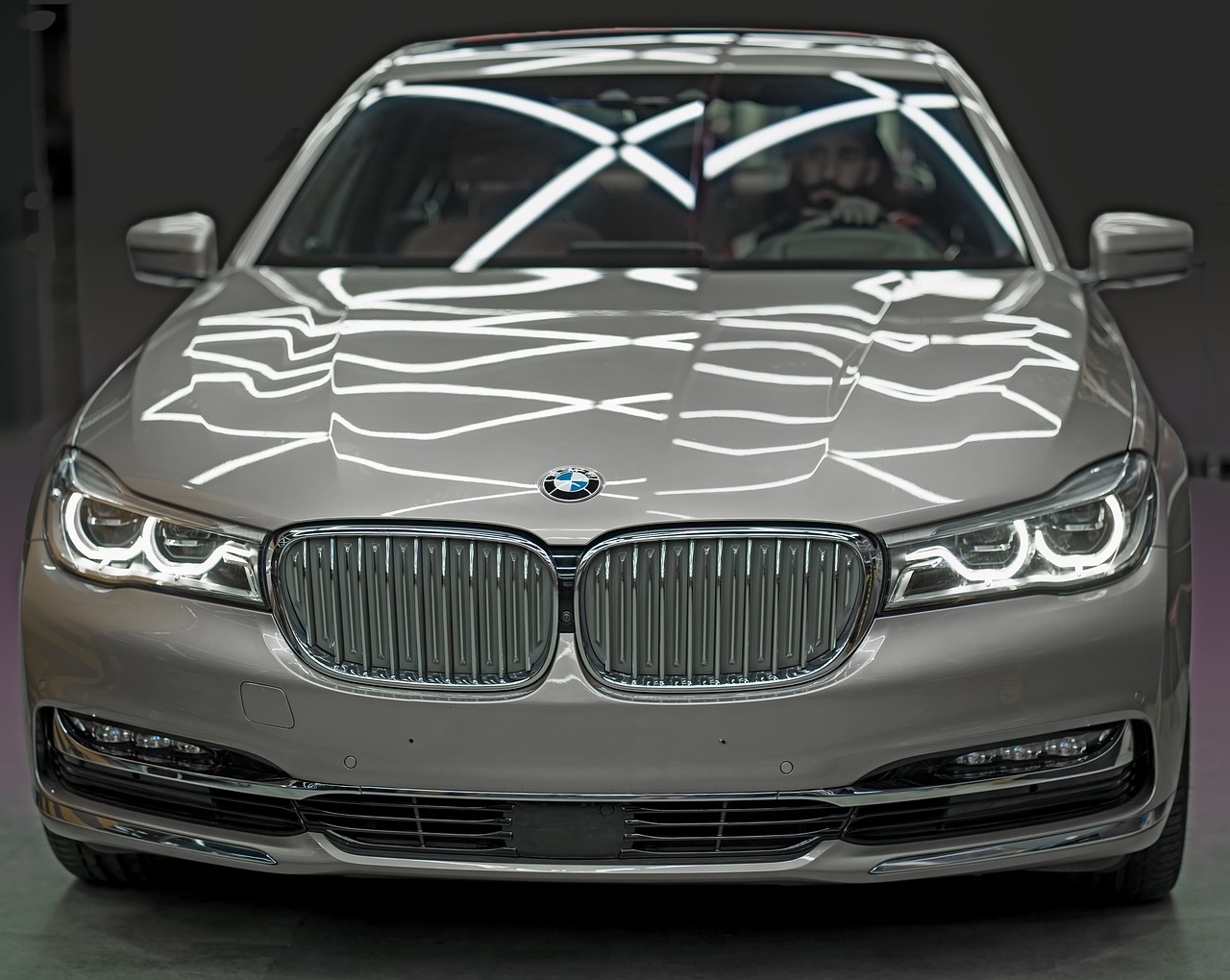


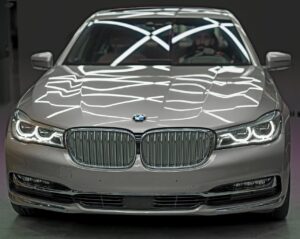







Post Comment